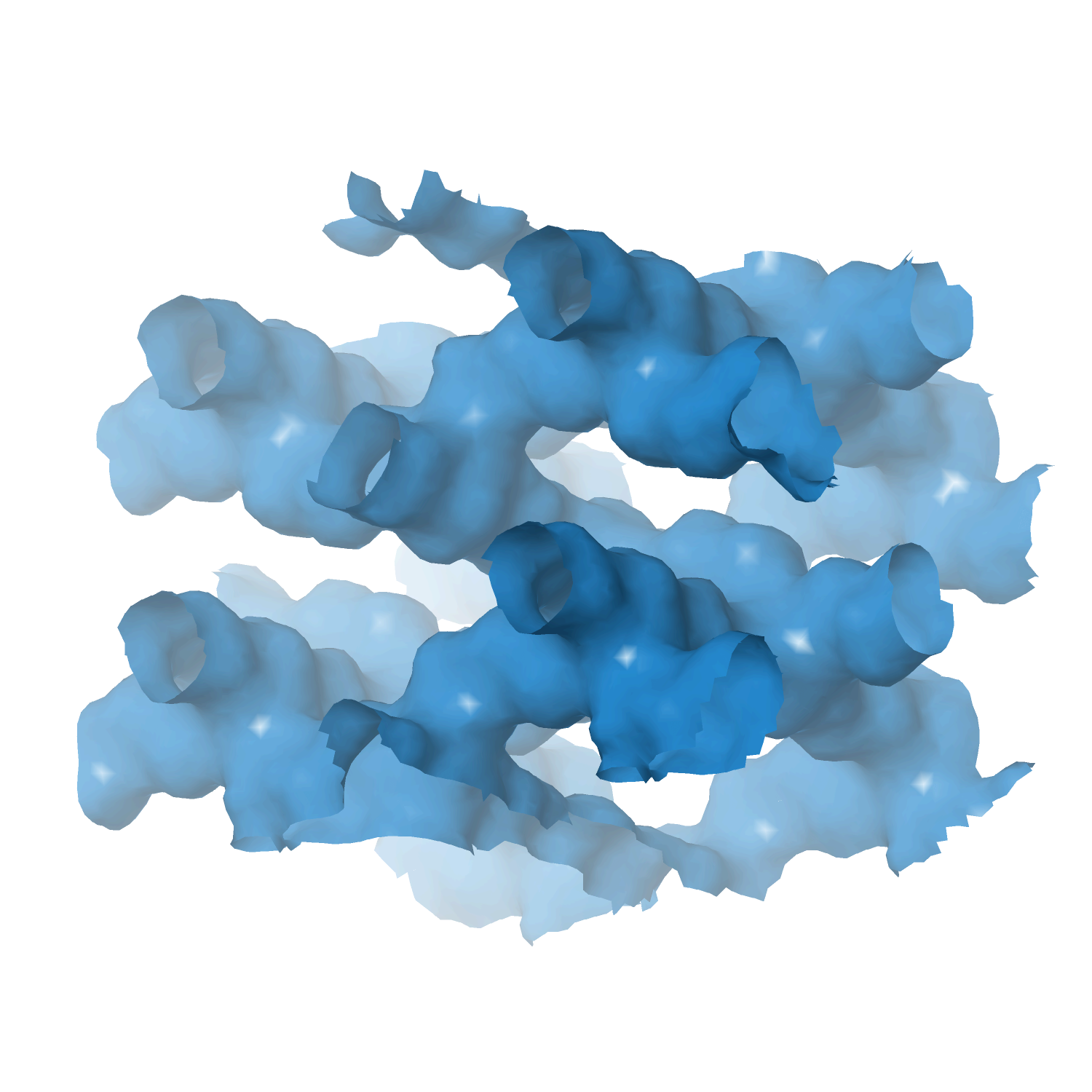Heterogeneous catalyst engineering ⇒ from stable and deactivation resistant to viable technical catalyst
Advances in heterogeneous catalyst “structure” are driven to improve their “function” or performance, i.e., activity, selectivity, and stability. Cooperative research is required to understand the structure and function relationships: developing new synthesis protocols for heterogeneous catalysts with unique surface properties, defined porosity, identification and understanding of catalytically active sites, reaction mechanisms, and finally, prediction and analysis of the processes using various computational tools.
Our group focuses on developing new catalyst formulations using innovative synthesis routes for various important heterogeneous catalysts. That includes thermal, electro, and bio-electro catalysis.
The active phase cannot be used directly in its final application or reactor for various reasons, including poor mechanical resistance, heat or mass transport, and fluidization features. We must mix the active phase with other ingredients in a matrix of binder and filler, while we shape it into a technical catalyst. We investigate new synthetic protocols for technical catalysis using spray drying and fluidized beds to cover the whole range of sizes. At the same time, we incorporate additional (unconventional) ingredients such as SiC to improve some features even further.
- Technical catalyst I ⇒ spray drying and extrusion
- Technical catalyst II ⇒ spray fluidized bed reactor
- Technical catalyst III ⇒ electrospinning
- Zeolite catalysts ⇒ with defined structure/porosity
- Multi-metal (high entropy) alloy catalysts
- MXene catalysts ⇒ single and multi-dimensional
- Perovskite catalysts
- Metal-organic framework (MOFs) catalysts
- Supported metal/metal-oxide catalysts
- Aerogel catalyst
Morphological Investigation of Nanostructured CoMo Catalysts Studied by XPS and HRTEM
by
Pawelec, Castaño, Zepeda
Appl. Surf. Sci.
Year:
2008
Abstract
This work reports the morphological investigation of nanostructured sulfided CoMo catalysts by means of high-resolution transmission electron microscopy (HRTEM). The catalysts were supported on Ti-modified hexagonal mesoporous silica (HMS-Ti) and P-modified HMS-Ti (P/HMS-Ti) materials. The oxide precursors were characterized by specific surface area (SBET), temperature-programmed reduction (TPR), diffuse reflectance infrared Fourier transform spectroscopy in the OH region (DRIFTS-OH) and X-ray photoelectron spectroscopy (XPS) in order to elucidate the influence of the impregnation sequence (successive vs. simultaneous) and the effect of P-incorporation into HMS-Ti material on the morphology of calcined CoMo catalysts. Both TPR and XPS measurements indicate that the catalysts prepared by successive impregnation possess well-dispersed MoO3 and CoO phases, whereas their counterparts prepared by simultaneous impregnation additionally possess the CoMoO4 phase. For all sulfided catalysts, the presence of MoS2 phase with particle size in the range 3.3–4.4 nm was confirmed by HRTEM. Catalytic activity was evaluated in the reaction of hydrodesulfurization (HDS) of dibenzothiophene (DBT) carried out in a flow reactor at 593 K and hydrogen pressure of 5.5 MPa. P-incorporation into the HMS-Ti material led to an overall increase in HDS activity and the hydrogenation ability of the sulfided catalysts. All catalysts proved to be stable during 10 h time-on-stream (TOS) operation. The activity of sulfide catalysts in the target reaction depends linearly on the surface exposure of Co species in the oxide precursors, as determined by XPS, and on the morphology of the sulfide form of catalysts (surface density of MoS2 particles and their sizes) as determined by HRTEM.
Keywords
HCE
HPC
